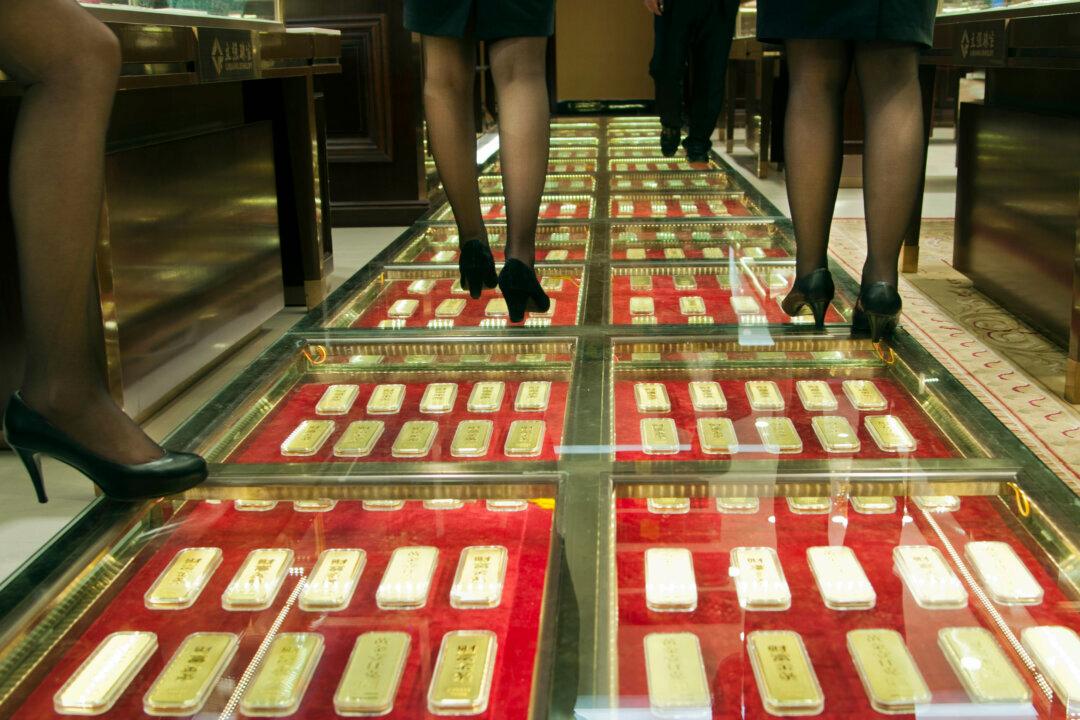Usually the International Monetary Fund only becomes exciting when it tries to prevent Argentina or Greece from defaulting. After five years of hibernation, another, more obscure area of the financial institution might actually shed light on a mystery of global finance: China’s gold reserves.
Given their usual knack for nontransparency, the Chinese haven’t updated their official gold reserve since 2009, when they stood at 1,054 metric tons, far below the United States, the IMF itself, and European nations such as Germany, France, and Italy.
Beijing has been accumulating more gold since 2009, with estimates ranging from 3,000 to as many as 10,000 tons. As a comparison, the United States holds 8,133 tons as monetary reserves.





